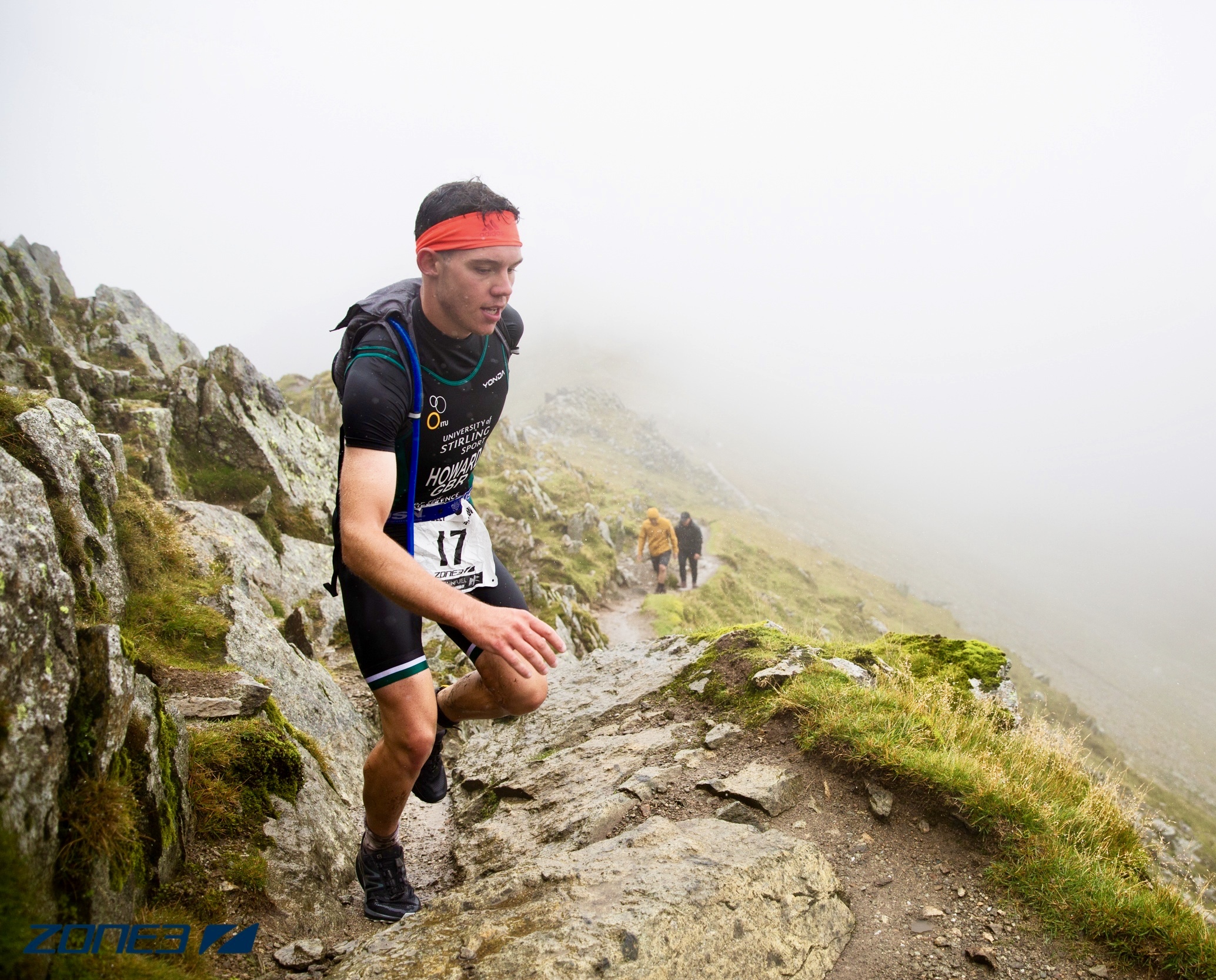A Stitch is a pain in the butt (sorry ‘side’)
How many times have you been in the middle of your run when all of a sudden you get a side-stitch that forces you to cut your race short?
Wonder why?
Well even scientists are still mystified by one of athletes most common complaints – the dreaded side-stitch. Some say that the pain is caused by a spasm in the diaphragm other say it’s a shortage in blood supply or oxygen to the body. In medical terms, a side-stitch is an “exercise-related transient abdominal pain”.
What we as triathletes know is a side-stitch is a pain in the butt (sorry ‘side’). They may be remarkably common, harmless and temporary but they can really mess up your race.
Naturally the fitter you are the less inclined you will be to get a side-stitch; however, it still happens to the best of us. Triathlon legend Javier Gomez was crippled by stitches during his challenge for the 2018 Ironman 70.3 World Championships.
The trick is to know how your body responds to what you eat and drink and then to formulate a game plan to avoid getting a side-stitch. Below are six simple but effective tips on how to avoid and treat this common ailment.

6 Tips to avoid a side-stitch
1) Train your stomach
Not eating during a race, especially in longer events, isn’t really an option – but you can gradually build up your tolerance to food during training. Try eating small amounts before exercise and gradually shortening the time between eating and training to get your body used to working hard while digesting in a controlled way. Experiment with different types of food, keeping a food log and noting down what works for you as well as timings between eating and training. What you eat and drink can have an effect – avoid high-carb drinks and foods high in fat or fibre to reduce chances of getting a side-stitch.
2) Stay Hydrated
Drinking is a tricky one. It’s important for athletes to stay hydrated, so it’s a good idea to drink lots of water 12 hours before a race then drink water regularly in small volumes throughout the day — just a mouthful at a time. Staying away from sugary drinks may help as research alleges a likely explanation for the stitch is the irritation of the lining of the peritoneum, and that that sugar in the gut can be a likely cause of the friction.
Performance – why diet matters!
3) Strengthen your core
Stitches usually strike your core muscles, so strengthening these can help ensure core weakness isn’t contributing to their occurrence. Working on the abdominals, obliques and lower back can help in reducing the incidence of stitches and will also serve you well in all triathlon disciplines, especially in longer races.
4) Warm up prior to the race
Stitches usually occur when heart and breathing rates are elevated. Going from resting right into high-intensity racing can cause your heart rate to rocket as well as irregular breathing patterns that make stitches more likely. Warm up gradually into each session to avoid putting your body under extra stress and stave off stitches.
5) Find a regular breathing pattern
During the race, think about controlling your breathing to fit your pace, creating a regular rhythm in time with your running action. This doesn’t necessarily mean breathing on every step – depending on intensity, you could be breathing in for three strides and then out for the same or breathing every two if you’re running harder. The key is to keep the pattern consistent for each intensity, focusing on ensuring each breath is in synchronisation with your running form rather than the two being unconnected.
6) Back off
If you feel a side-stitch coming on during a race, back off your pace a bit, relax and breathe deeply. If the pain is particularly severe, you may find some respite from stopping and stretching. Side and backbends can help ease the pain and could be less of a time penalty in a race than ploughing through the discomfort with poor technique and efficiency.





